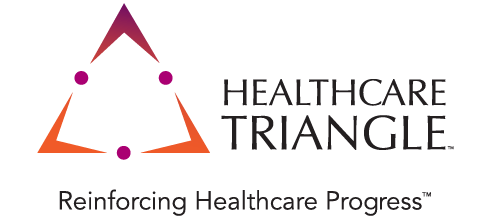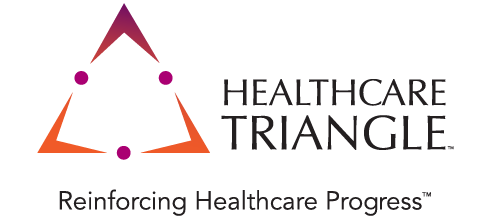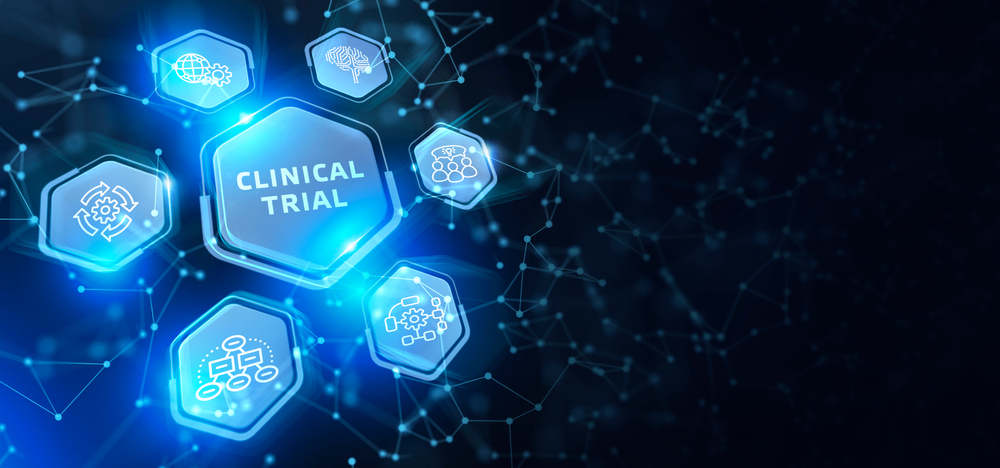3 Ways a Neutral ZoneTM Could Propel Personalized Medicine: Real-Time Example of Data Collaboration from Roche
Anand Kumar, SVP - Head of Cloud Solutions, Healthcare Triangle
Neeraj Agarwal, Head of Engineering and Products, Genentech
Jul 13, 2022
Roche, the pharma giant discusses their experiences on leveraging Neutral ZoneTM for data collaboration to accelerate drug discovery and personalized medicine.
In recent years, the way in which life sciences research is conducted has transformed from very protective to collaborative, taking advantage of vast internet capabilities, worldwide talent and availability of collaborative tools. One major issue remains: how to collaborate without compromising the intellectual property of each entity.
Many companies are actively working on solving this challenge, although most of solutions—like federated research, federated machine learning, a trusted research environment, and neutral zone—are still in their infancy. As the lifecycle of most technology products and solutions decreases at drastic speed, the need for trusted, collaborative research environments will significantly increase.
It’s one reason why a Neutral ZoneTM is quickly becoming a consideration for life sciences and healthcare organizations.
The Move Toward a Neutral ZoneTM for Collaborative Research
From discovery of a key enzyme that makes DNA sequencing possible to discovery of a “treasure trove” of DNA clues about what causes cancer, advancements in medical science have the potential to revolutionize personalized medicine. Key to this effort: the ability to share data—including among competitors—to fuel healthcare innovation.
Now, use of a “Neutral ZoneTM” for collaborative data sharing and analysis enables organizations to work together on medical discovery without sacrificing the security of PHI. With a Neutral ZoneTM, innovation no longer depends solely on the ability of one company to capture and analyze data. Instead, organizations partner with a third-party algorithm provider to create a secure area where AI, machine learning and other advanced algorithms may be applied to the data.
It’s an approach that protects the security of the data as well as each organization’s intellectual property (IP). It also positions organizations to harness the power of patient data at scale—their own and those of data research collaborators.
Roche’s Data Collaborative Partnerships Accelerate Personalized Healthcare
Roche, a global pioneer in pharmaceuticals and diagnostics, drives individualized solutions for patients by leveraging the power of real-world data, artificial intelligence, and technology that helps answer some of the most challenging questions in science and healthcare.
Roche entered into a collaboration with Bristol Myers Squibb to develop highly personalized cancer treatments with the help of a Neutral ZoneTM that facilitates data sharing. Roche’s partnerships with other pharma companies are the leading examples of AI technology and digital pathology applications playing a role in developing treatments for patients.
In the first project under this collaboration, Roche Digital Pathology will help create an AI-based image analysis algorithm to aid pathologists in interpreting an on-market assay approved by the FDA that will be used as a companion diagnostic for non-small cell lung cancer patients. In the second project, Roche will use its recent open-environment collaboration to integrate an AI-powered algorithm for CD8 biomarker analysis. In each of the projects, once the AI algorithms are ready, Bristol Myers will apply them to clinical trial samples to collect biomarker data that can then be used to develop new cancer treatments highly personalized to a patient’s biology and tumor makeup.
“Data collaborative research is driving the future of healthcare,” said Neeraj Agarwal, Head of Engineering and Products, Personalized Healthcare Informatics, Genentech. “At Roche, we recognize the significance of robust data partnerships and continuously share data showing the way for holistic approaches to personalized medicine—including early and accurate diagnosis, targeted treatment, improved patient care and reduced costs.”
How a Neutral ZoneTM Works
At a time when data science “never mattered so much [in healthcare] as it does now,” Neutral ZoneTM give organizations the ability to allow access to specific data only to the algorithm that will analyze the data for research. The data are essentially “shared but sealed.” The raw data are never disclosed, and data owners can control which portions of a data set are used and how they are used.
At a time when 70% of decision makers for data and data analytics are expanding their use of external data, with another 17% planning to do so by the end of 2022, a Neutral ZoneTM supports access to a broad range of data—from real-world evidence to information from clinical trials—as well as data science capabilities in days rather than months. This accelerates personalized medicine. Additional benefits include:
- Increased ease in establishing a foundation for cloud-based research
- Enhanced compliance with HIPAA, HITRUST, and more
- Greater flexibility and agility in establishing short-term and long-term partnership arrangements for healthcare discovery
Transforming Data Collaboration
Here are three ways a Neutral ZoneTM for data collaborative research is advancing personalized medicine in healthcare and life sciences.
- Sets the stage for collaborative research without sacrificing security of IP or PHI. With a Neutral ZoneTM, each party’s data, its IP, and the algorithm itself are fully protected and kept from each other’s view due to the security controls and procedures put in place. “Once the results are released to the data-sharing parties, the data within the Neutral ZoneTM and the algorithm itself are destroyed,” Dalwani says. “This provides a high degree of confidence in the security of the data sharing and the ability to partner and collaborate with another organization—even a competitor—to improve health.”
- Establishes a reliable data engineering infrastructure for innovation. With a Neutral ZoneTM, a third-party data platform provider curates the tools and software programs to prepare the data for analysis and develops the algorithm that analyzes the data. This takes pressure off internal data science teams while enabling access to the latest data science tools for advanced research, strengthening agility.
- Speeds up decentralization and industrialization of clinical trials. As more clinical trials are performed remotely or with the help of other parties to expand the pool of participants by cutting down on travel times, a Neutral ZoneTM enables all parties involved to securely share their data. This strengthens the validity of the data for multiple populations.


